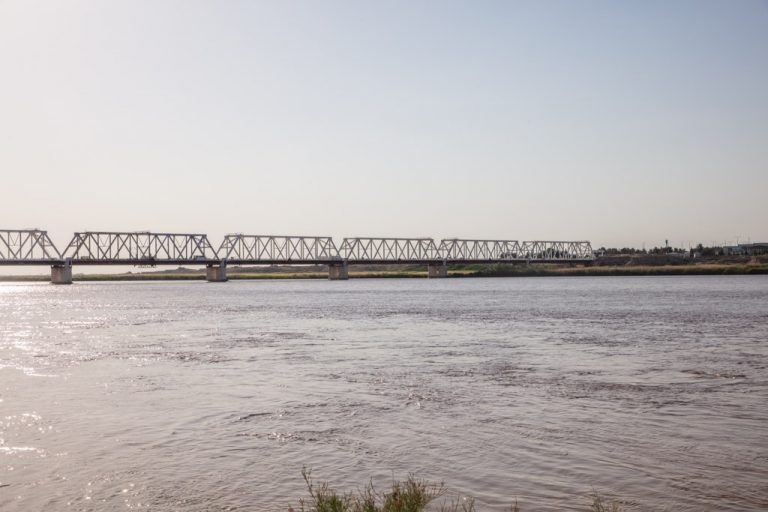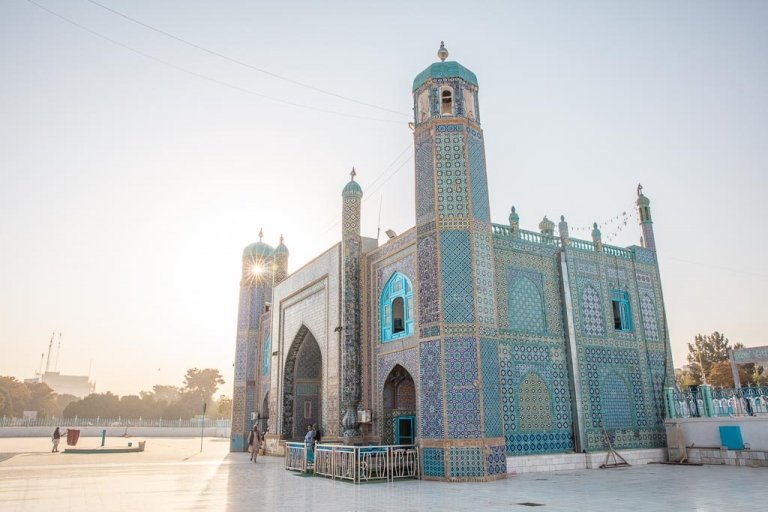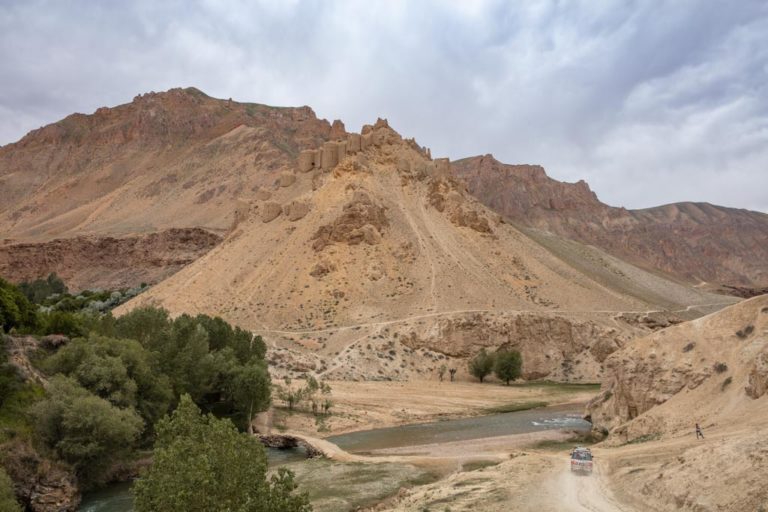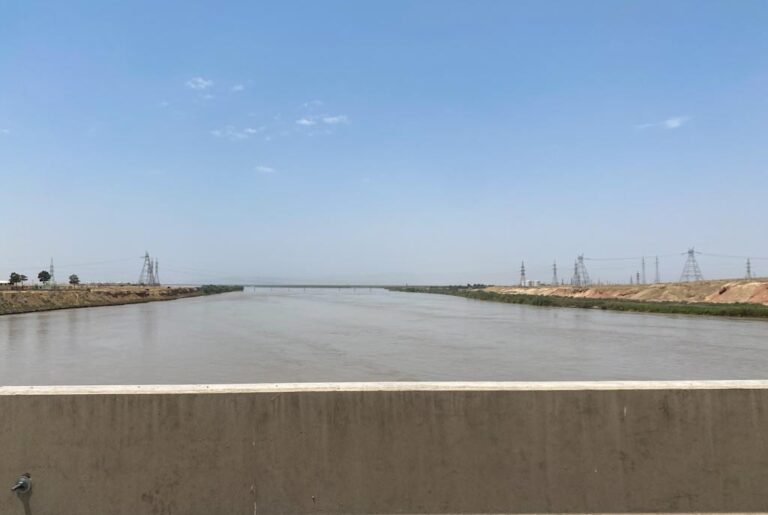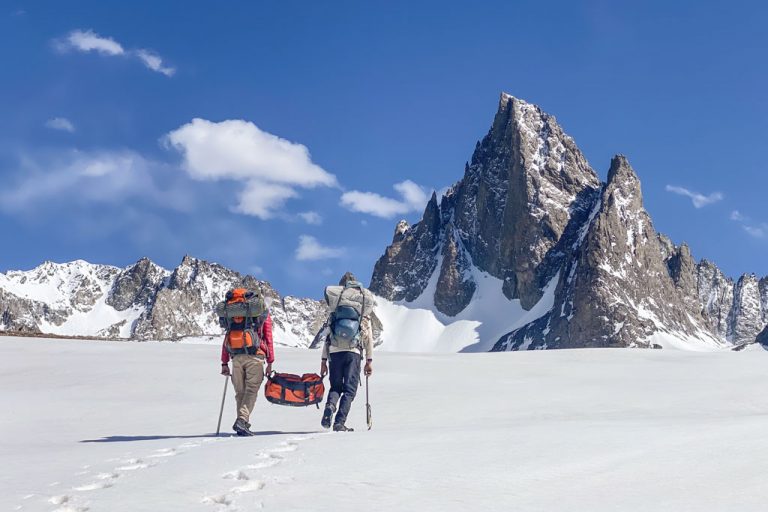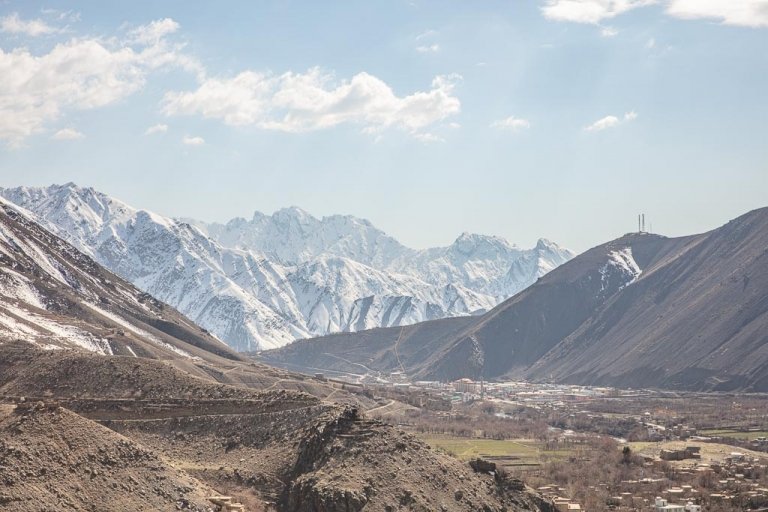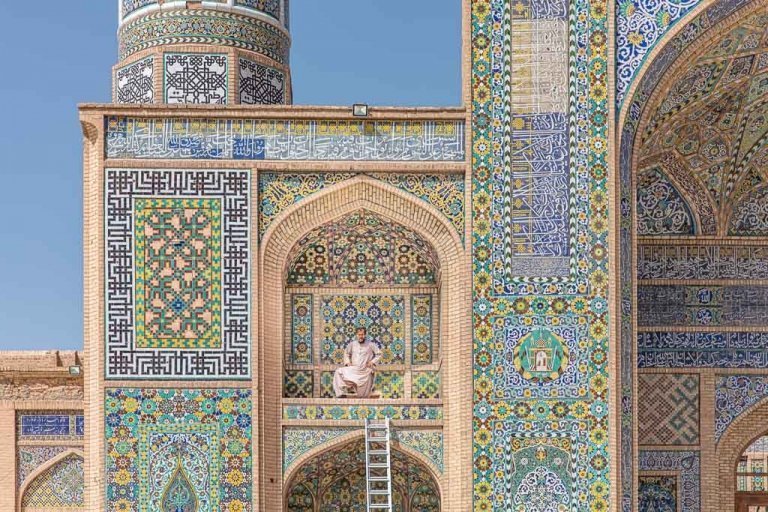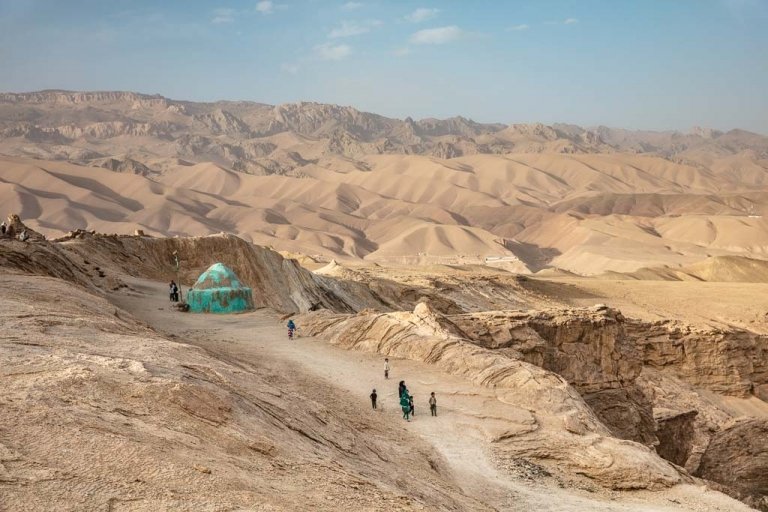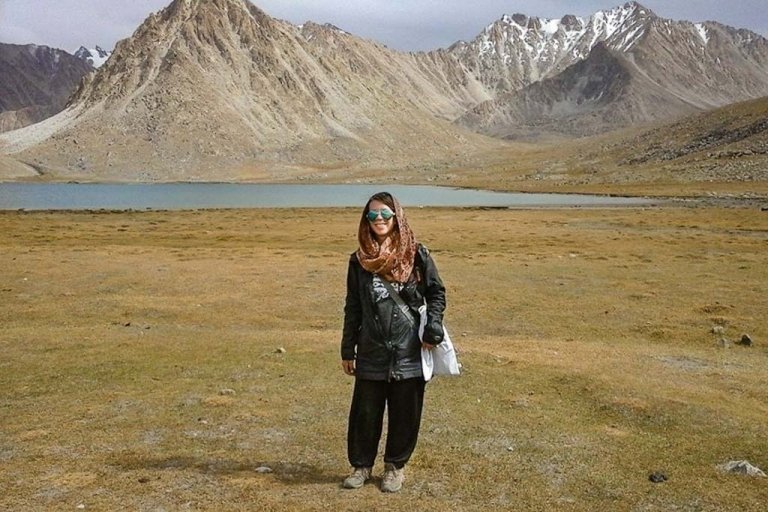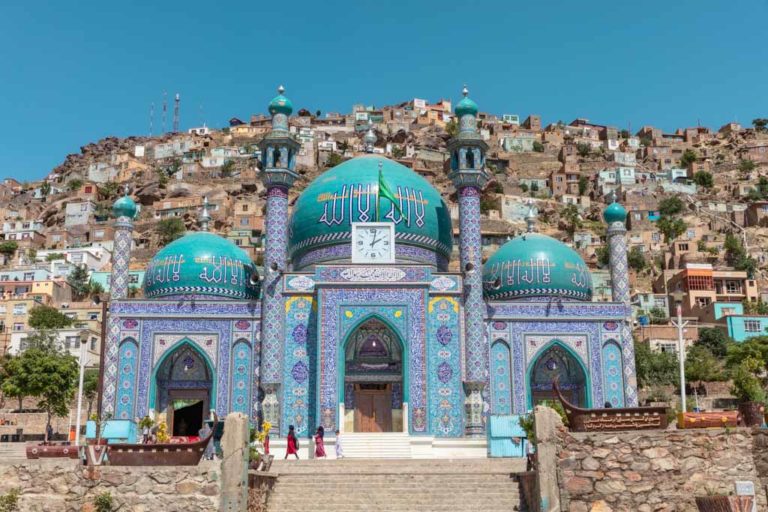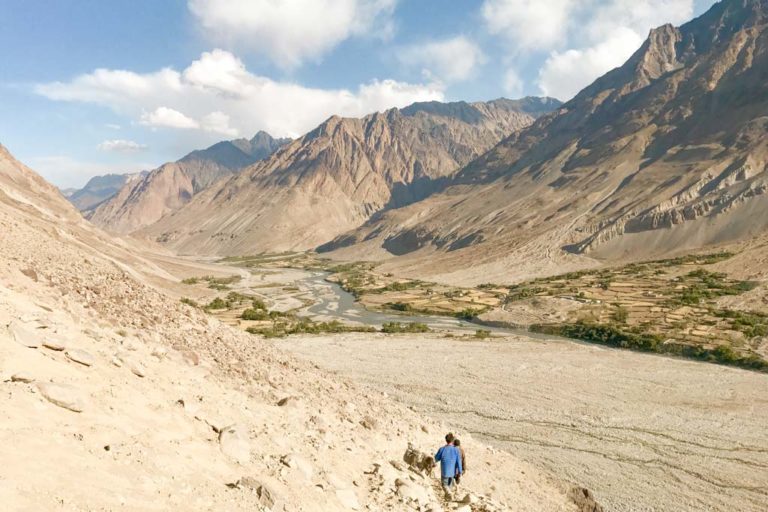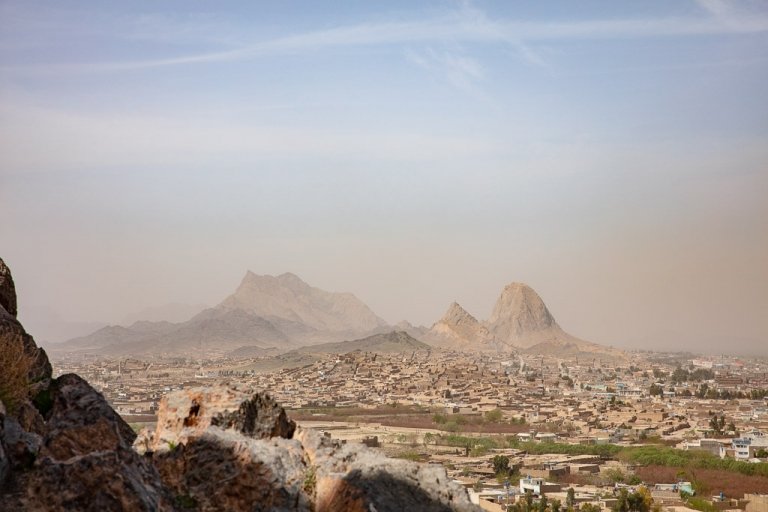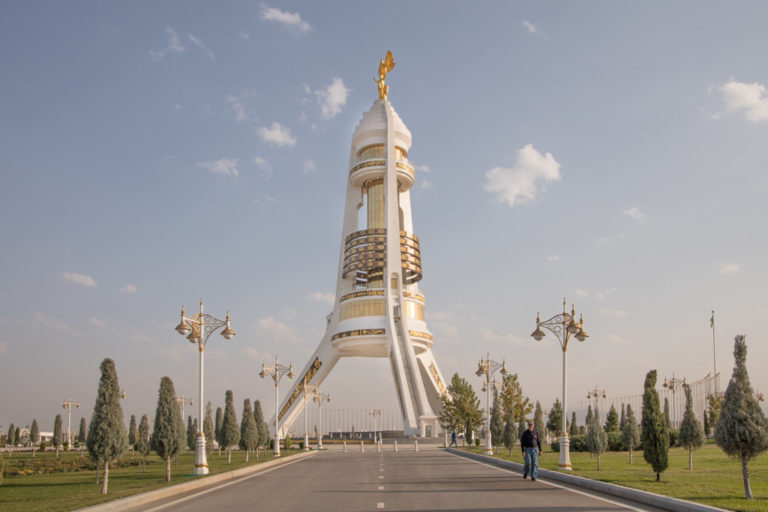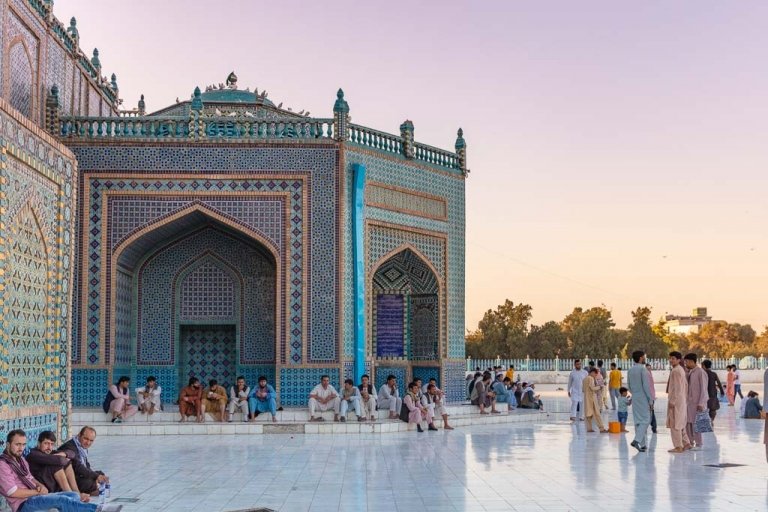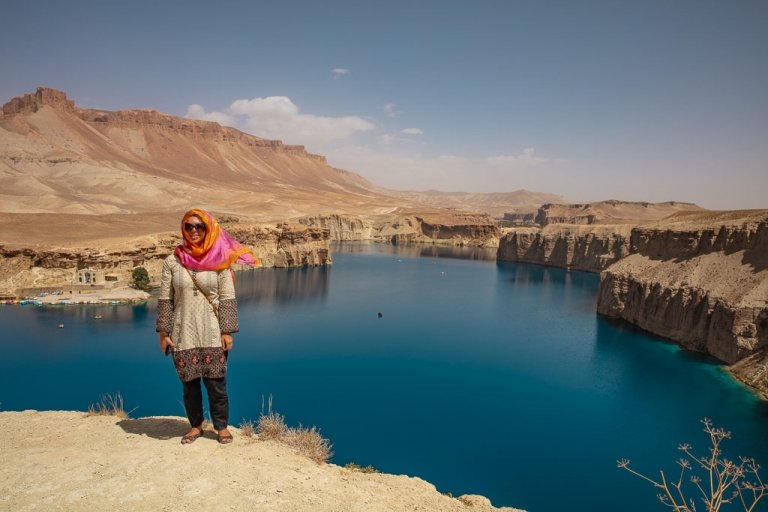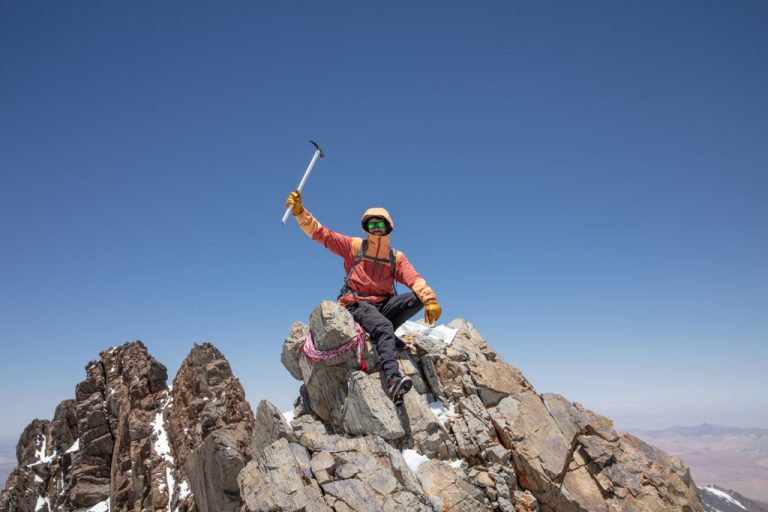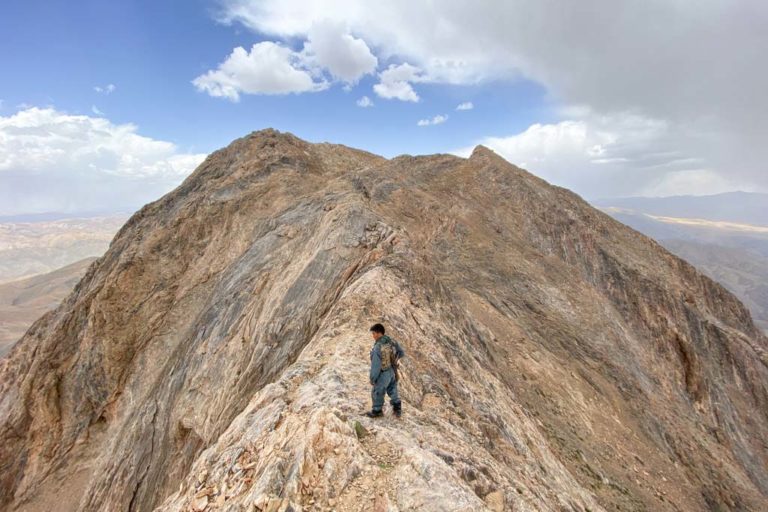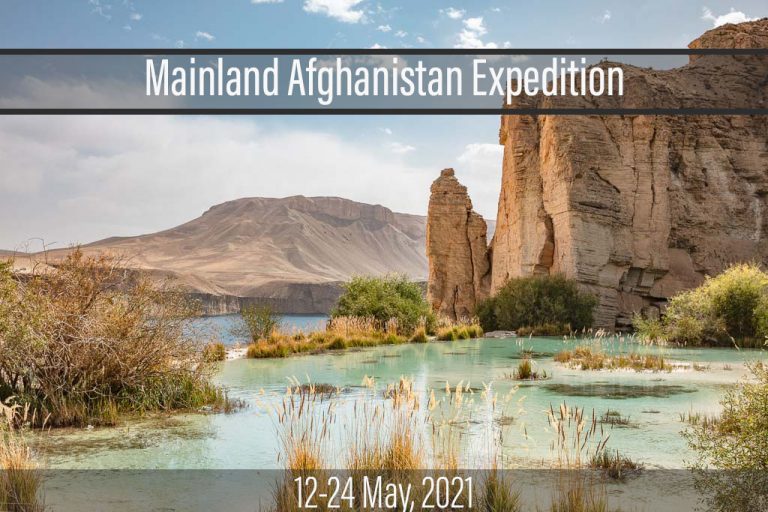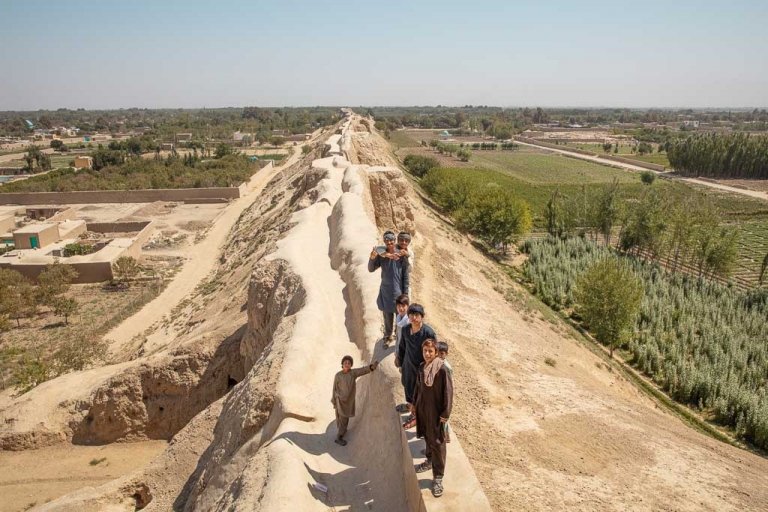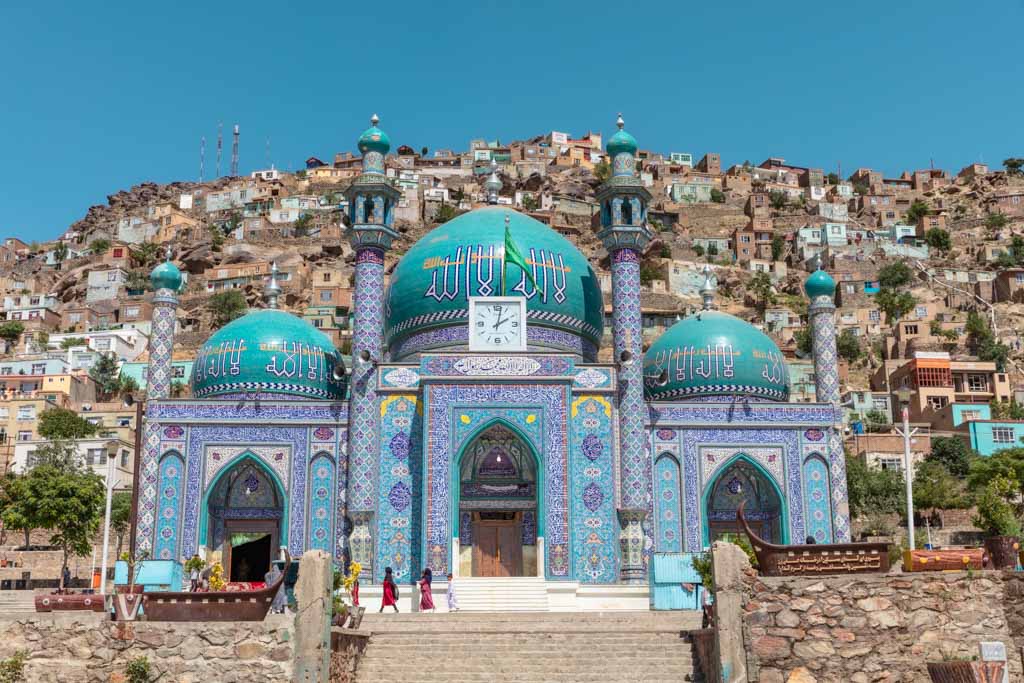
Things I Never Wrote When It Was Applicable: Kickin it in Kabul, Afghanistan
Updated December 2023, Things I Never Wrote When It Was Applicable: Kickin it in Kabul, Afghanistan was originally published in June 2022
I’ll never forget my first visit to Kabul, spiraling down with craggy mountains just off the wingtips as colorful homes stacked up the side of every hill and peak came into view as we flew into the Afghan capital. Despite having flown into Kabul countless times, these views never got old, not once.
If you’ve read my blog for very long, you know that I’ve been to Afghanistan several times, though one thing you may not have noticed is that I’ve never written a post dedicated to Kabul- I just never got around to it when it was a bit more relevant (ie: before the Taliban takeover). And that’s not because there’s not much to see there or that I didn’t like it, Kabul is a city that I adore, I just never wrote about it.
So since I am trying to get caught up on sharing about places that I have traveled and never wrote about it, here is a bit about Kabul.
I did get a chance to return in the summer of 2023, my first time back since the Taliban had taken over the country. I will admit that Kabul isn’t as enjoyable as times past.
Women aren’t allowed in many public spaces in Kabul anymore (such as parks) but you will still see them out and about at the bazaar and doing the necessities.
Need Travel Insurance and Evacuation Services for Afghanistan?
Start shopping for travel insurance plans over at IATI Insurance. Readers of the Adventures of Nicole get a 5% discount off your plan.
The Adventures of Nicole partners with Global Rescue to offer the world’s leading medical evacuation and security advisory services. To travel with peace of mind, shop evacuation coverage at Global Rescue.

Things to do in Kabul
Central Kabul: Wazir Akbar Khan and Shahr e Now
Bibi Mahro Hill

My first introduction to Kabul was Bibi Mahro Hill, catching sunset from up top on a mid-September day. Bibi Mahro is a low(ish for Kabul) hill that overlooks the affluent Wazir Akbar Khan neighborhood of Kabul.
On top of Bibi Mahro, you’ll find locals picnicking and kids playing while enjoying the aerial views.
One thing you’ll notice right away up here is an Olympic-sized swimming pool that was built by the Russians, though it was rarely ever filled with water. The diving board was a notorious spot used for public hangings when Afghanistan was under Taliban rule in the 1990s.
Chicken Street

Chicken Street is a famous shopping street in the Shahr e Now neighborhood of Kabul that rose to fame during the Hippy Trail days when tourists flocked to Afghanistan. Here on Chicken Street, you can find just about any handicraft, antiques, carpets, jewelry, etc. you could possibly want to bring home as a souvenir with you. You can find many of these items elsewhere in the city and country too, but I always found Chicken Street convenient as the last shopping whirlwind on my way out of the country.
Don’t be afraid to haggle either as the prices do start high here, it’s expected.
If you’re wondering why its name is Chicken Street, it’s because once upon a time this is where you would have come to buy, you guessed it- chicken. Many of Kabul’s market streets have names that denote what is sold on them, like nearby Flower Street.
Shah Book Shop
The Shah Book Shop is the famous bookstore the book ‘The Bookseller of Kabul‘ is based on, still owned and operated by Shah Muhammad Rais who opened the shop in 1974. The two-story bookstore houses over 20,000 titles. You can shop his selection of titles online as well.
Blast wall artwork
One of the first things you’ll notice about Kabul on arrival are the blast walls along the main city streets, protecting important and sensitive buildings giving Kabul a definite concrete jungle feel. Residents eventually began to paint murals on the blast walls to give their city a bit more character.
In 2014 Art Lords was born and began several endeavors around the city, including painting various murals on these blast walls. I always loved looking out the window at these works while stuck in Kabul traffic over the past few years. Unfortunately, since the August 2021 Taliban takeover, most of these pieces have been covered up with religious and pro-Taliban messages.
Old Kabul
Ka Feroshi Bird Market
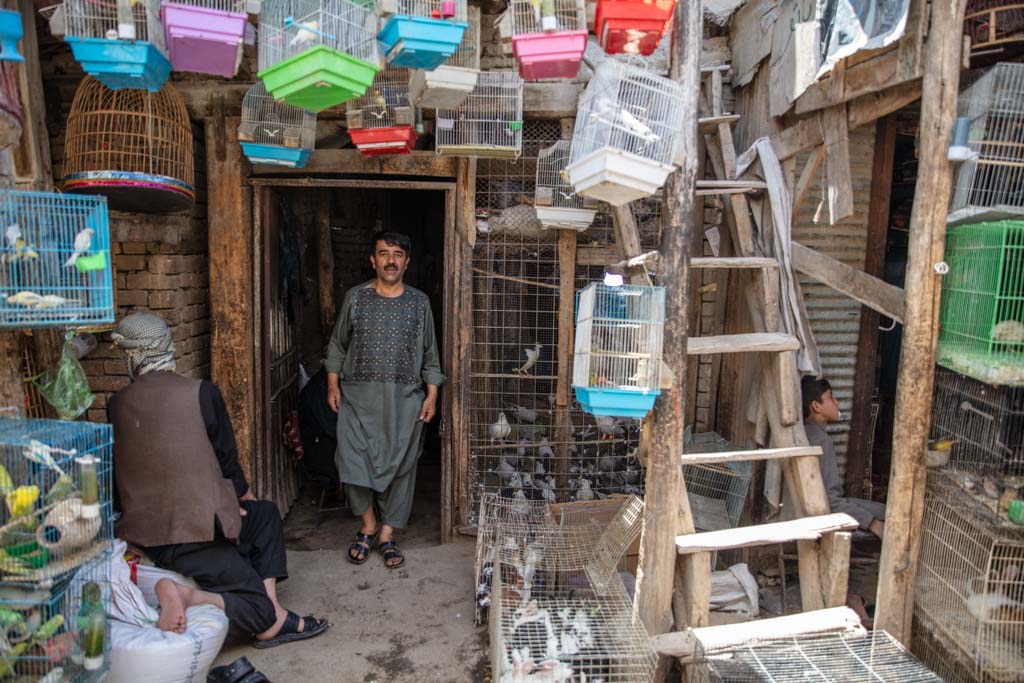
Ka Feroshi is my favorite place to visit in Kabul and is without a doubt one of the most photogenic places in Afghanistan (or on the planet as far as I’m concerned). It’s tucked away in a portion of the sprawling bazaar in Old Kabul, accessible from a place called the Alley of Strawsellers, just behind Pul e Khishti Mosque.
Ka Feroshi is a meandering narrow alley where you can find just about any type of bird or parrot for sale in wooden cages. Sellers will invite you in to sip cups of chai and will show off their birds for sale to you.
I’ve also found that when I visit (especially on my own) that I’ll have little boys approach me, tapping my arm and directing me to a man selling birds who poses for a photo and then gives the little boy a crinkled up Afghani note for getting my attention to take their photos. Every time I visit Ka Feroshi, I end up spending hours there drinking chai, chatting, and snapping photos.
All that said, Ka Feroshi is a spot to take care as it is a common pickpocket hangout and there usually are a number of seedy characters mulling around. You’re not too far from the Kabul River here at Ka Feroshi and sadly around there, you will see a lot of addicts strung out sleeping on and under the footbridges.
Shah du Shamshira Mosque
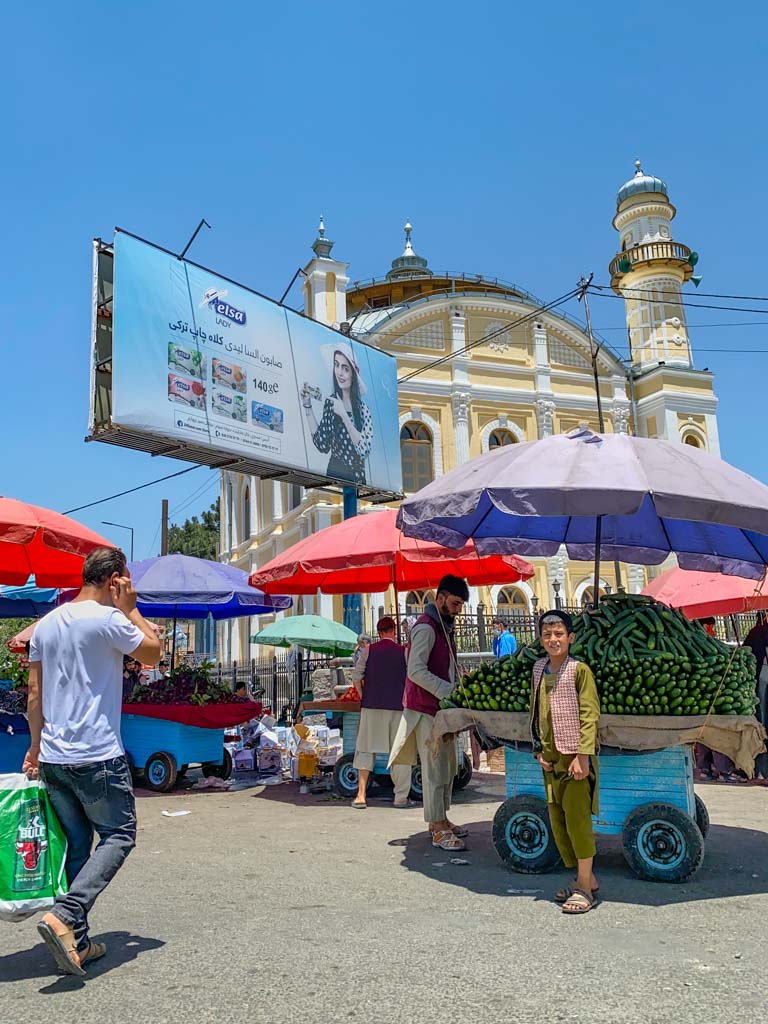
Shah du Shamshira is a rather unique-looking mosque with its almost Italian-baroque-looking orangey-yellow exterior, located near Old Kabul. Its name means the ‘Mosque of the King of Two Swords’.
Full disclosure: I’ve never actually gone inside the mosque, despite having stood across the street from it staring at it on several occasions.
Old Kabul

Old Kabul, like the name suggests, is the original core of the city. Sitting along the Kabul River on the southside of Kabul, the area boasts Murad Khane and Turquoise Mountain Institute, the Old Kabul Bazaar area, and much more.
Murad Khane
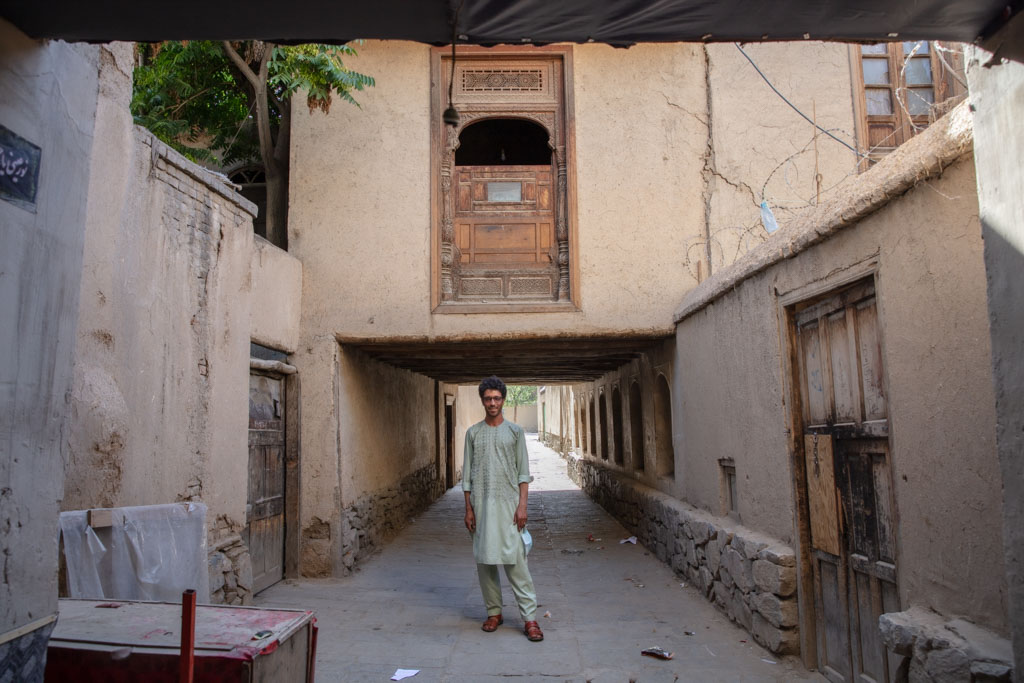
Murad Khane is a historic district of Old Kabul named after the two Murad Khans, the 17th century Mughal governor, and an 18th century general. It was constructed in the 18th century under the Durrani Empire to serve as a housing district laid out in a traditional Islamic way.
Following years of neglect starting from the Soviet Invasion to today, much of Murad Khane is in a dilapidated state.
Beginning in 2006 restoration efforts of Murad Khane began under the leadership of the Turquoise Mountain Foundation which has successfully restored over 100 of the historic houses in the district.
There is a lot of security around Murad Khane, sometimes you can wander around without much problem, and other times you’ll get kicked out rather quickly (I’ve lost count of how many times I’ve been kicked out). Big cameras will attract attention by officers so best to avoid taking photos if you’re not looking to be escorted out (and I say this from personal experience and a chat with one of the said officers).
Turquoise Mountain (Firouz i Koh)
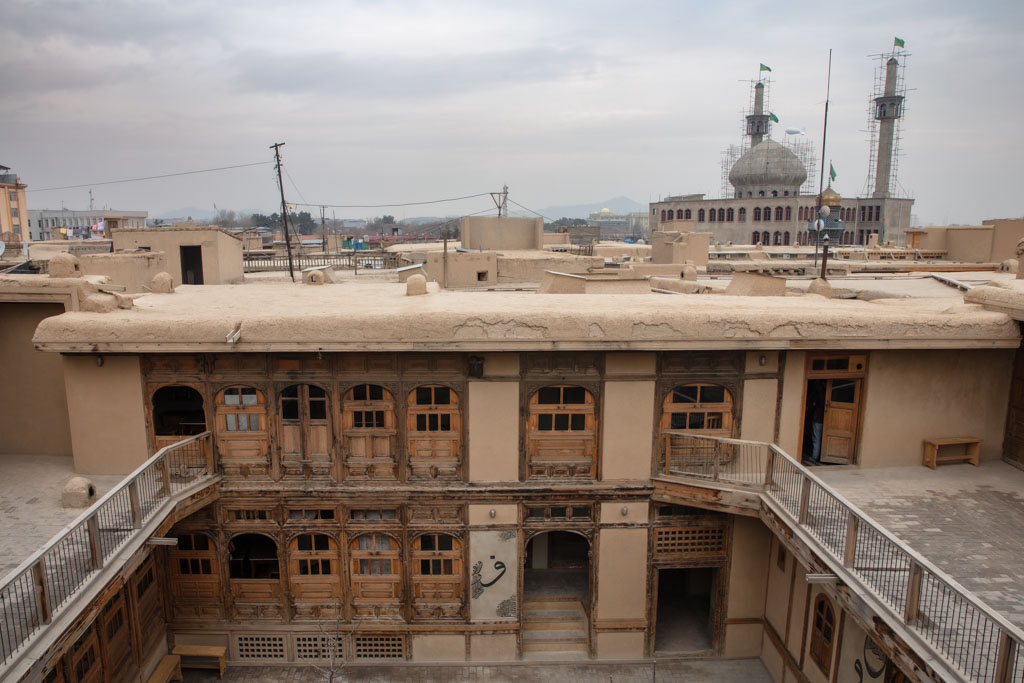
Turquoise Mountain is an arts institute located in Murad Khane that has worked to help preserve Afghan arts and architecture and to train new artisans in traditional methods. It’s possible to see artisans at work on various projects at the institute and learning new methods. There is even a shop on site where it’s possible to purchase various pieces from jewelry to paintings, carvings, textiles, and more.
The institute also trains artisans in the preservation of traditional Afghan architectural styles and has even worked to restore many of the traditional houses in the Murad Khane District.
You do need a security clearance to visit Turquoise Mountain, so you’ll need to contact the office in advance to arrange a visit.
Bala Hissar
Just south of Old Kabul sits Kabul’s Bala Hissar- forming the city’s old walls at the southwest entrance to the city at the foot of the Koh e Shir Darwaza Mountains. Bala Hissar was once part of a citadel that dates back to the 5th century, though much of what you can see today was constructed in the 19th century, following the destruction of most of the original remains during the Second Anglo-Afghan War by the British Army.
South Kabul
Gardens of Babur

Babur’s Gardens feel somewhat like an oasis, trading the mad traffic jams of Kabul’s traffic jams for quiet solace among rose bushes and flowering fruit trees. Mughal ruler Babur ordered the construction of the gardens in the early 16th century and was so enamored by the city that he requested to be buried here.
The Gardens of Babur have had many highs and lows over the years, falling into various pits of disrepair only to be revamped by a later leader. The lowest low nearly leveled the gardens during the 1990s civil war but have since been restored to near perfections by the Aga Khan Trust for Culture (AKTC).
Babur’s Gardens are laid out in the classical chor bagh (four garden) style and features Babur’s Tomb, a caravanserai, and a mosque. It’s also (was) a popular spot for young couples going on secret dates.
Sadly, women are now banned from all public parks and gardens in Kabul. Foreign women are allowed to enter but you will likely have to insist that you are permitted and show a passport and your permit.
Entry to the Gardens of Babur: 100 AFS
Kabul National Museum

Sadly, the Kabul Museum has suffered bad damages from years of strife and civil war and many of the pieces have been damaged, looted, or taken to museums in the west. Nonetheless, I still find the Kabul National Museum more than worthy of a visit as they do have some fascinating displays.
It was once one of the most impressive museums in the entire world featuring artifacts excavated from all around Afghanistan. From the mid-2000s to 2021 the museum was improving, getting some of its pieces back.
Entry to the Kabul National Museum: 100 AFS
Darulaman’s Palace
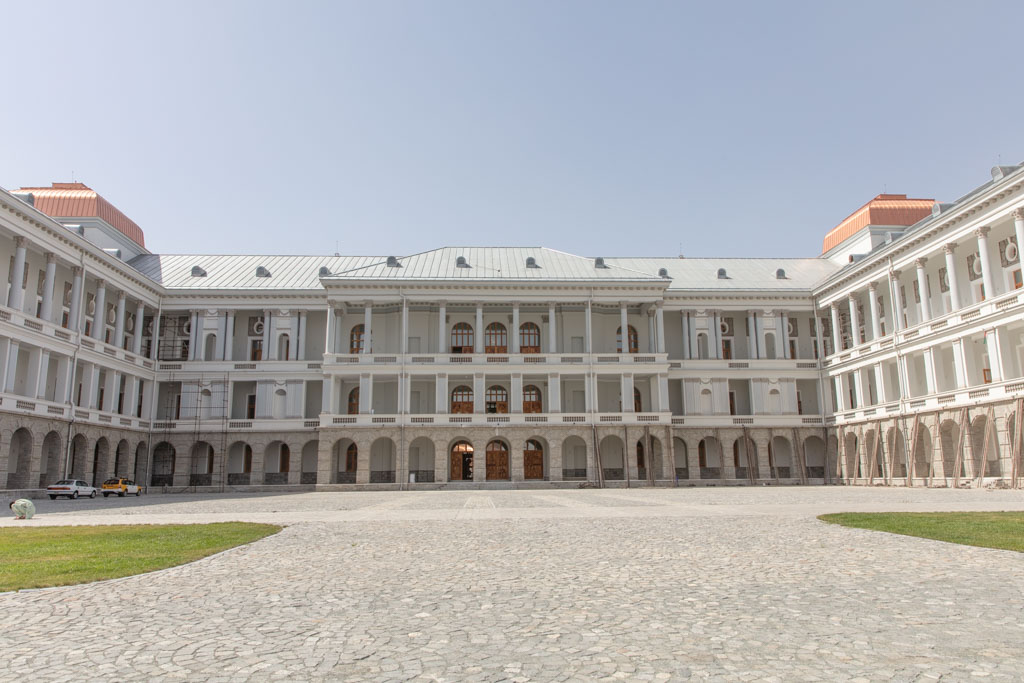
Sat next to the Kabul Museum is the grand European-style Darulaman Palace that was originally built in the 1920s. It was nothing more than a decaying building suffering years of neglect and warfare but reconstruction efforts began in recent years, making it impossible (or at least nearly) to visit.
After several years and trips to Afghanistan, I finally did get to visit Darulaman’s Palace after several phone calls and cups of chai with the right people around Kabul. Construction was close to finished when I was there in June 2021 and the place is over the top considering the state of many places around Kabul and the whole of Afghanistan. I will be curious to see what happens to the place following the Taliban takeover in August 2021.
Chehel Situn

Chehel Situn, meaning ‘40 Pillars’ in Dari is a large park with gardens, a pavilion, and a palace on the south side of Kabul in District 7. It was originally constructed in the late 19th century but completely leveled during the 1990s Civil War.
After several years of efforts, the park and palace were completely rebuilt and reopened to the public in 2019. Chehel Situn makes for a great place to laze away an afternoon chatting with locals and playing board games.
Entrance fee for Chehel Situn: 100 AFS, 350 AFS additional for cameras (smartphones are not extra)
Kabul Zoo
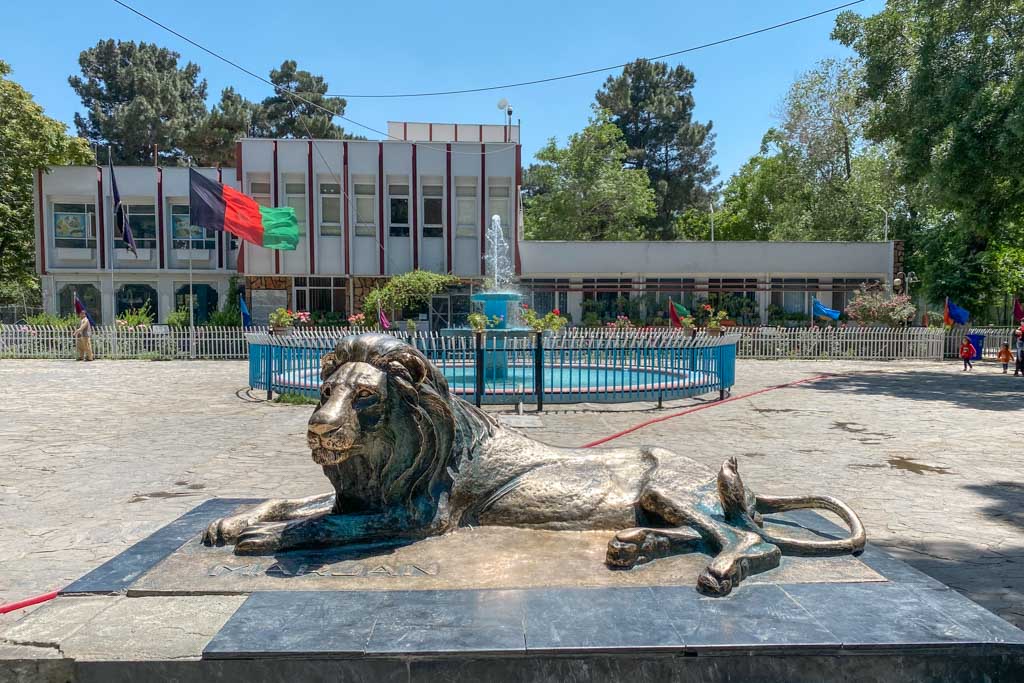
The Kabul Zoo has always been a popular escape for Kabuli residents, though most travelers will find it sad with animals not living in the best conditions. The most famous feature of the Kabul Zoo of course is the bronze statue of Marjan the lion that stands near the entrance of the zoo- Marjan was a lion gifted to the Kabul Zoo by West Germany in the 1960s who survived a grenade attack in the civil war.
Kabul Zoo is a great place to mingle with locals and chat.
Entry to the Kabul Zoo: 100 AFS
West Kabul: Kart e Sakhi and Dasht e Barchi
TV Tower Hill

TV Tower Hill is another famous spot for aerial views over Kabul, located more to the southwest side of the city. It’s nicknamed as such due to the spine of television broadcast towers that ride from the top of the mountain, but the real name of the mountain is Koh e Asamayi. The famous Sakhi Shrine sits at the foot of the hill.
Sakhi Shrine
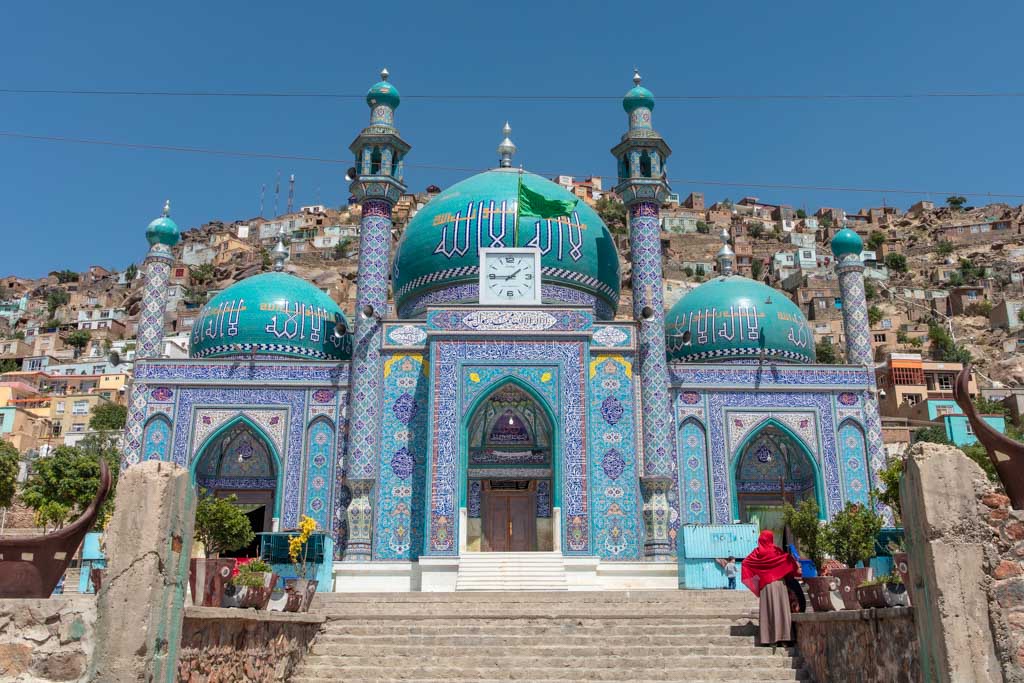
Located in the Kart e Sakhi area of the city at the foot of Koh e Asamayi, Sakhi Shrine is one of Kabul’s most beautiful pieces of architecture. Again, like several other Kabul sites, I was never able to visit Sakhi Shrine until my final trip to Afghanistan in 2021, owing to the fact that I seemed to show up right after an attack on the mosque.
Because Sakhi Shrine is frequented by many Shia Muslims and people of the Hazara community it is frequently attacked, seeing several suicide bombings and grenade attacks taking place here.

Restaurants in Kabul
I’m not going to go into too much detail on Kabul’s best restaurants as I haven’t been back on the ground quite yet since the Taliban take over in August 2021 and am not 100% who’s still open and who isn’t but I’ll make a couple of lists of good places I’ve eaten at in the past.
Afghan food
- Taj Begum
- Herat Restaurant
- Sufi Restaurant
Mixed (International and Afghan foods)
- Cafeteria
- BBQ Tonight
- The Kitchen
Coffee shops
- Negar Cafe
- Rebel Art Cafe
- Nosh Book Cafe

Guesthouses and Hotels in Kabul
Most times I visited Kabul I stayed at either Baharestan Aria or the Asayesh Guesthouse. The staff at both guesthouses are awesome, and both are located in Shahr e Naw, though the Asayesh has one big advantage: a leafy and private courtyard to hang out in. As with most guesthouses in Kabul, you can arrange to have them prepare or deliver all your meals for you.
For those looking for something upscale, the Kabul Serena is Kabul’s best and glitziest option. Opened by the Aga Khan Foundation you can expect beautifully decorated rooms featuring Afghan artisan touch.
Kabul Day Trips
Qargah Lakes
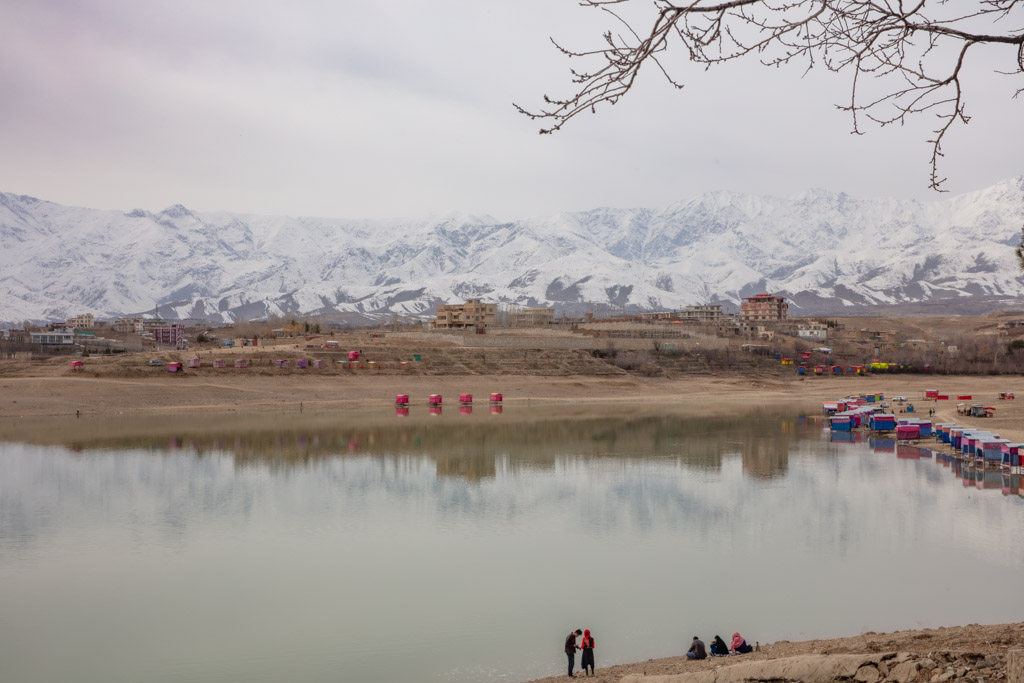
Qargah Lakes is a reservoir and popular picnic spot of Kabulis, located about 10 kilometers west of the city toward Paghman. The artificial lake was created in the 1950s and has since served as a popular Friday day trip for residents. Heaps of cafes sit around the lake’s edge too, so grab a small lunch and enjoy an afternoon out here watching people dart around Qargah Lake on those goofy colorful swan boats.
If you’re a golfer, Qargah Lakes is home to Afghanistan’s only golf course.
Paghman
Located only a 20 minute drive west of Kabul, past Qargah Lakes, Paghman feels a world away from Kabul. It once was an affluent area where rich Kabulis would have owned summer cottages (vacation homes). Sadly Paghman has been mostly off-limits for the past several years owing to militant activity in the vicinity.
Istalif
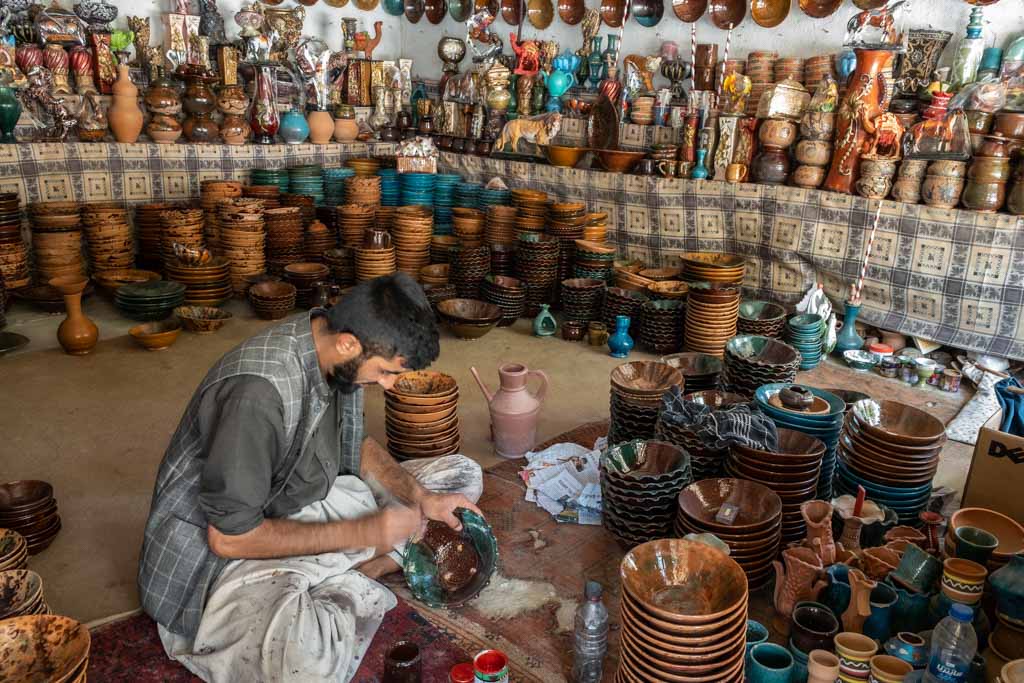
30 kilometers north of Kabul, Istalif is another leafy Kabul getaway oasis. Istalif though is most famous for its pottery owing to its high-quality clay found in the nearby hills and the famed ishkar growing around the town that the vibrant glazes on the ceramics made here are created from.
Framed by beautiful mountains and nicely forested outside the wide ramble of shops, Istalif also makes for a perfect picnic spot.
Panjshir
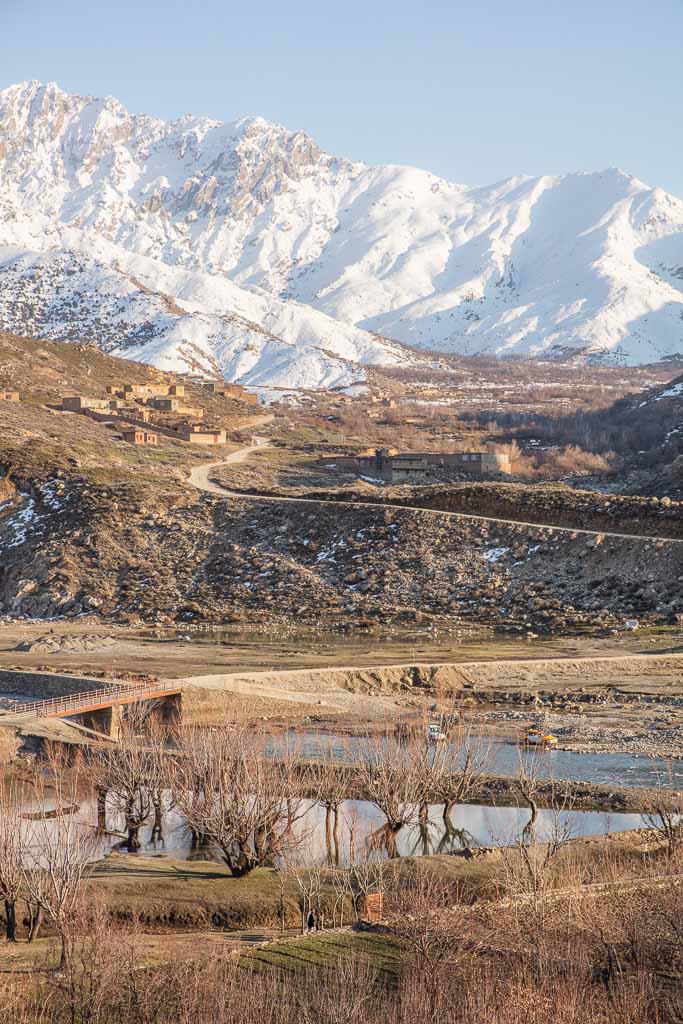
Panjshir is a true full-day trip from Kabul, requiring a drive north past Istalif and Bagram Airbase, through a small sliver of Parwan Province, and into the narrow Panjshir Valley (I immediately felt like I was right back in Tajikistan as soon as we entered Panjshir).
Most visitors will end up in Bazarak in the end, famous as Ahmad Shah Massoud’s stronghold during the Afghan Civil War. Here you can see Massoud’s Tomb, tanks used in the Civil War, and even Massoud’s headquarters.
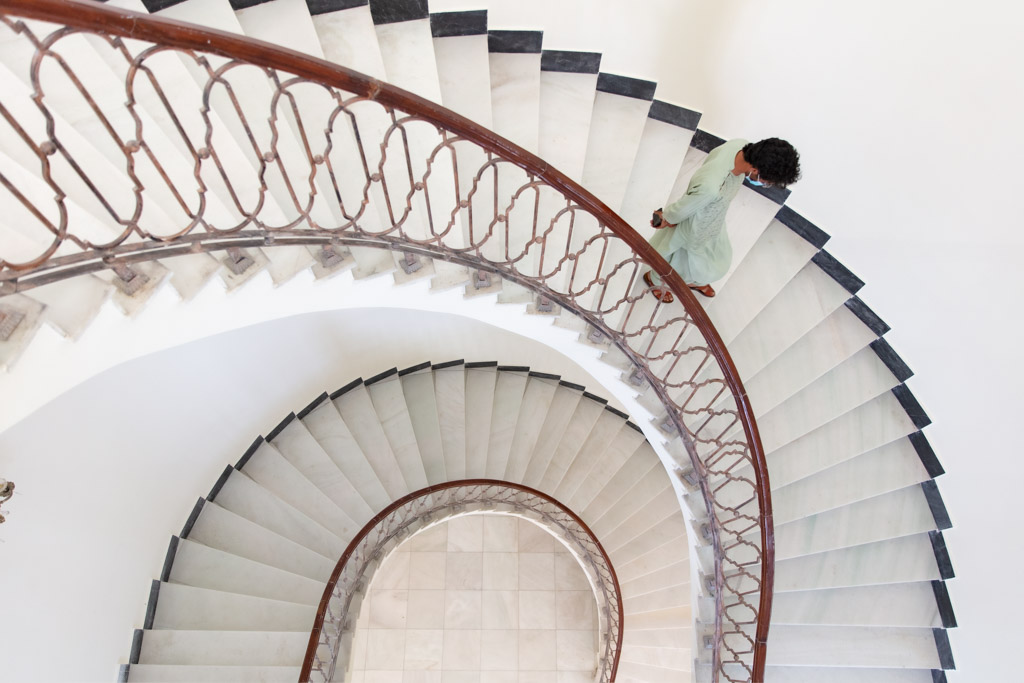
Have any questions about visiting Kabul?
Ask in the comments section below.


